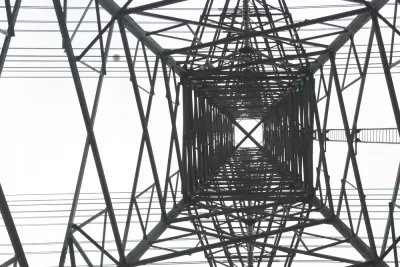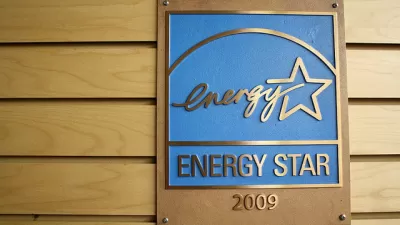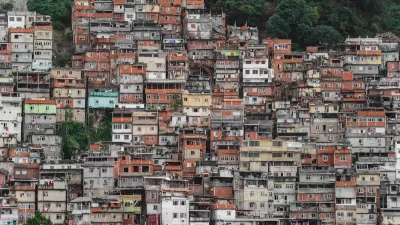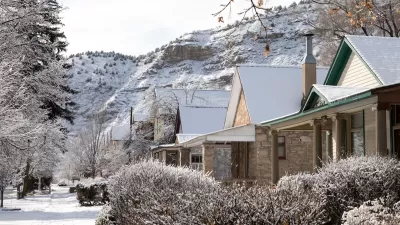Preventing electricity losses makes power generation more efficient. Those efficiencies translate into lower emissions.

A report published in Nature shows improvements in the world electrical grid to slow the progress of climate change. "In a new study, Jordaan and Surana estimate that energy lost in the grid results in the release of nearly a billion tons of extra carbon dioxide equivalents into Earth's atmosphere each year," Nala Rogers reports for Inside Climate. After energy is produced, it must travel to the place where it will be put to use. Much of the world’s energy is lost before it gets to the place it's needed. Existing technology could be used to improve grids and curb those losses that improvement in efficiency could translate into a big cut in the amount of carbon dioxide released into the atmosphere.
The problem of grid efficiency exists in the developing world and in the developed world, but the characteristics of grid efficiency vary by geaography. While countries like Haiti and Iraq lost an estimated half of their power before it was delivered, countries like the United States consume a much greater amount of power so small improvement translate into huge efficiencies. "For example, the U.S. lost about 6% of its power in 2016. The study suggests that by reducing those losses to 3.2%, Americans could cut their greenhouse gas emissions by about 29 million metric tons per year -- more than the total yearly emissions of Lebanon," Rogers reports.
The study is the first of its kind, and while some have challenged the scale of possible savings, even the study's critics were quick to concede the importance of the issue. The study's authors contend the estimates are conservative given the scale of the issue.
FULL STORY: Improving Electrical Grids Could Help Protect the Climate

Alabama: Trump Terminates Settlements for Black Communities Harmed By Raw Sewage
Trump deemed the landmark civil rights agreement “illegal DEI and environmental justice policy.”

Planetizen Federal Action Tracker
A weekly monitor of how Trump’s orders and actions are impacting planners and planning in America.

Why Should We Subsidize Public Transportation?
Many public transit agencies face financial stress due to rising costs, declining fare revenue, and declining subsidies. Transit advocates must provide a strong business case for increasing public transit funding.

Understanding Road Diets
An explainer from Momentum highlights the advantages of reducing vehicle lanes in favor of more bike, transit, and pedestrian infrastructure.

New California Law Regulates Warehouse Pollution
A new law tightens building and emissions regulations for large distribution warehouses to mitigate air pollution and traffic in surrounding communities.

Phoenix Announces Opening Date for Light Rail Extension
The South Central extension will connect South Phoenix to downtown and other major hubs starting on June 7.
Urban Design for Planners 1: Software Tools
This six-course series explores essential urban design concepts using open source software and equips planners with the tools they need to participate fully in the urban design process.
Planning for Universal Design
Learn the tools for implementing Universal Design in planning regulations.
Caltrans
Smith Gee Studio
Institute for Housing and Urban Development Studies (IHS)
City of Grandview
Harvard GSD Executive Education
Toledo-Lucas County Plan Commissions
Salt Lake City
NYU Wagner Graduate School of Public Service





























